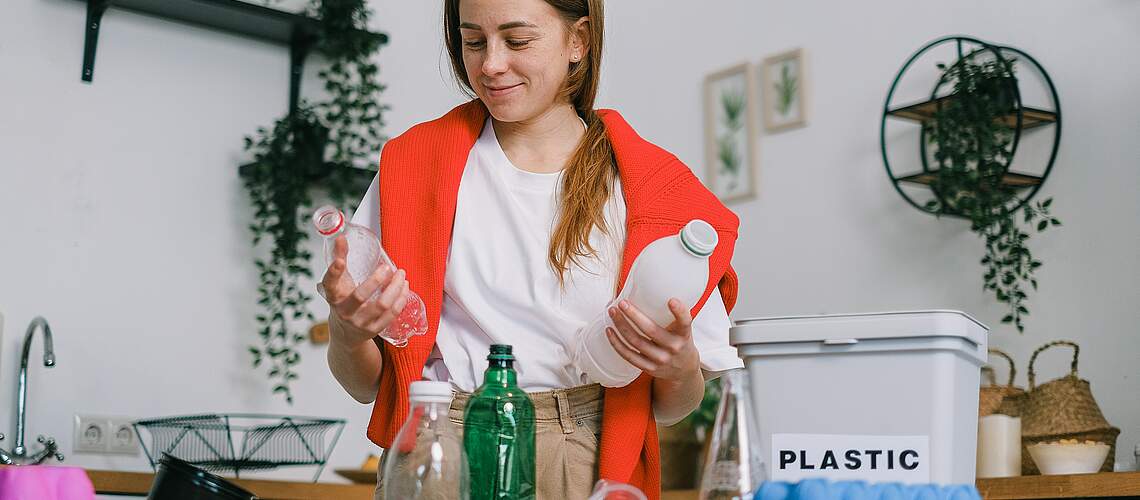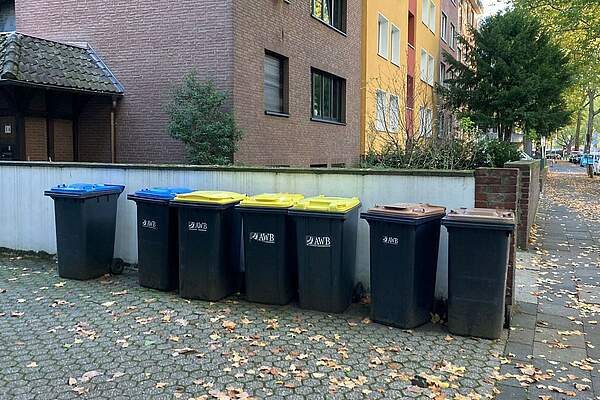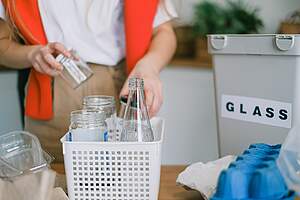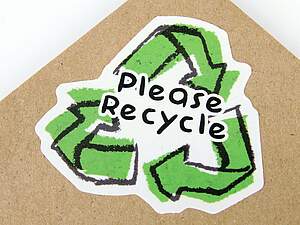
Waste separation in Germany
In Germany, we do not throw all our waste into one garbage can – instead we sort it. The correct separation is important so that the recyclable materials contained in the waste can be reused. ♻️ But how exactly does waste separation work in Germany? And what do the different colors of the garbage cans mean? You can find the most important information here.
💡 Tricks to avoid waste
Of course, you can also try not to produce so much trash. There are so-called "unpackaging stores" in Germany that sell their products without packaging. Some stores use containers that you can clean and reuse. Another way to shop without packaging as far as possible is at the weekly market. You just have to remember to bring a shopping bag.
🗑️ What do the different colors of garbage cans in Germany mean?
Every household has garbage cans in different colors. A distinction is made between yellow, blue, brown and black: Packaging materials made of plastic, metal and composites go into the yellow garbage can. This includes empty sausage and cheese packaging, food cans or plastic cups. In some regions of Germany, there is a yellow sack instead of the yellow garbage can, which is placed on the street every two weeks.
The blue garbage can, on the other hand, is for paper and cardboard (for example newspapers), the brown garbage can is for organic waste (for example vegetable scraps or garden waste), and the black garbage can is for residual waste (for example broken glass or hygiene products).

⛔ Bottles and cans with a deposit do not belong in the trash!
In Germany, we usually buy drinks in bottles or cans with a deposit, which means we pay a few cents more. If you have drunk the bottle or can empty, you bring it back to the supermarket and get the deposit money back. You can read more about this in our blog post "The German Deposit-Refund System".
📌 Glass, batteries and electrical appliances are disposed separately!

In some regions of Germany, there are additional garbage cans for glass (without deposit, for example wine bottles), scrap metal and electrical waste. These are usually located in public places. You can also return old batteries or light bulbs to the supermarket. You will often find separate bins for these at the entrance and exit.
There are recycling centers where you can personally throw your waste into the right containers. Here you can dispose of large electrical appliances or larger garden waste, so everything that is too much for normal waste garbage cans. You can also drop off environmentally harmful substances, such as paint or glue.
📅 An appointment with waste management

If you have old furniture but no car to take it to the recycling center, you can have it picked up. To do this, you need to make an appointment with your city's waste management department. This is usually possible once a year free of charge. But there are rules for the collection: You are not allowed to put bulky waste on the street in the city until 10:00 p.m. and there must be no electrical parts or hazardous materials (for example old paint).
The correct waste separation in Germany sometimes requires a bit discipline, but on closer inspection, it is not that complicated and helps the environment at the same time. 🙂
👉 You can find more interesting articles about Living in Germany on our blog.
👉 You are interested in the German culture and want to learn the German language? Then visit one of our German courses.
